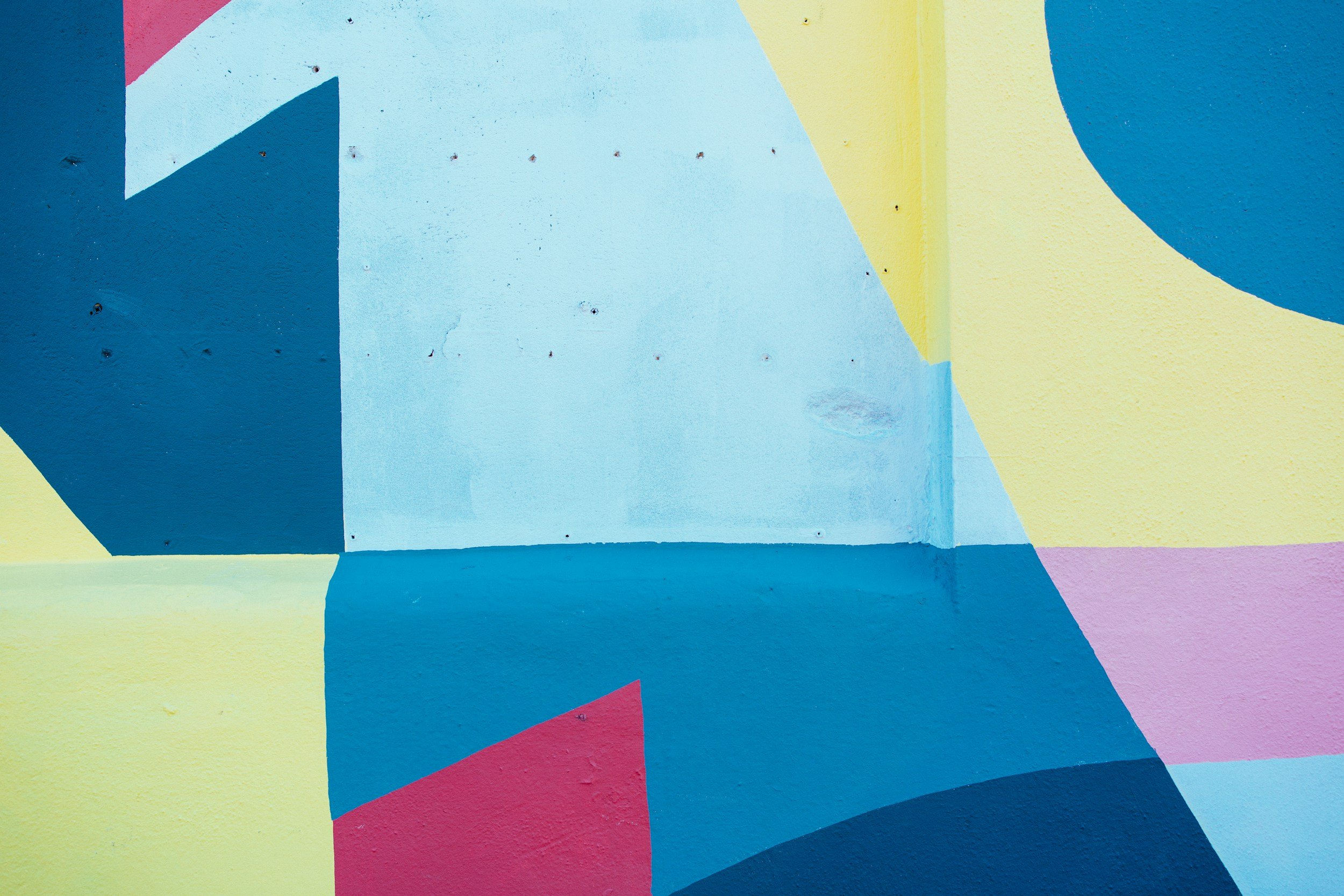
JORDAN DANGER:
The Artist in Residence in Government
2024/25
The AIRG program is designed to incorporate artists into government environments. Artists work with a specific department for a year to incite change and spark new ideas. It’s about finding right-brain solutions to challenges that are typically managed by left-brained teams.
Jordan’s residency: the waste department
Jordan’s year-long residency was assigned to the Solid Waste Services department for the City of Ottawa. SWS is responsible for the city’s landfill, garbage collection, and recycling program.
The department presented Jordan with a robust strategic plan, with huge emphasis on repurposing, diverting waste, and reducing the amount of waste going to the landfill.
The main concern: Ottawa’s landfill is filling up fast.
The main goal: inspire change in how residents reduce their garbage.
You can help! Donate materials for Jordan’s artwork.
Jordan is creating pieces all spring and summer, using diverted waste: materials that would usually end up in the landfill. Review Jordan’s wishlist and see if you have materials you can donate to Jordan for further creations! Examples of her diverted materials artworks are below.
Email Jordan to share what you have available, and she will provide a drop off address for you, or may be able to pickup depending on location.
MATERIALS WISH LIST:
Quilting ‘fat squares’
Thin, printed dresses, blouses, shirts
Cotton bed sheets (NOT flannel)
Old or broken costume jewellery
Small kids’ toys, ie miniature cars, Barbies, doll house items
Old lamps
Hat/coat racks
Magazines
Getting to know the department
Jordan spent the first part of her residency meeting staff, taking tours, and going on ride-alongs with collection teams. She toured the landfill and got a grassroots education in the work that goes into managing a city’s waste.
Understanding the pain points of the department at every level helps to formulate new ideas and triage challenges.
Listen to Jordan’s interview with CBC Morning.
Key lessons learned:
There is nothing to save at the landfill. Many people think that there are interesting items as the landfill that could be upcycled or repurposed. The reality is that waste is compacted so tightly when collected by the trucks, that nothing is useable after it’s picked up.
We need to divert before it hits the curb. The best time to upcycle, repair, or reused items is before they hit the curb. Learning to think about waste as a resource, you can find ways to give trash new purpose.
At the dump, we talk about AIRSPACE. There is no way to expand the square footage of the landfill. So waste is brought in, compacted down, and added on top. At the landfill, the term ‘airspace’ refers to the amount of vertical space left before the landfill is full.
Building public awareness: the AIRSPACE series
Jordan saw that there was a gap in public awareness: understanding how the landfill works is something the city residents do not yet grasp. When one grasps the concept that our landfill only has the smallest amount of vertical space left to fill, the urgency becomes more clear. So Jordan began a series called AIRSPACE.
This series is made entirely of diverted waste: textiles, broken items, discarded toys and trinkets. Jordan portrays the concept of landfill ‘airspace’ by stacking and compacting her materials, illustrating the density and destruction of materials in the landfill—some of which might otherwise entice us or appear as treasures to the viewer.
Each one has a small amount of sky showing at the top of the artwork, inciting an anxious realization of just how little space is left.
Repurposed sculptures
Jordan works with diverted objects and fabrics to create sculptures that show how repurposed materials can be elevated to create something as precious as fine art. Using a variety of mediums including earth-friendly textile hardening agents, Jordan magically creates sculptures that appear almost like bronze, yet are fashioned entirely from diverted waste.
These creatures, inspired by mythic folklore and woodland animals, create a connection between the land and the waste. It’s a type of alchemy, and that alchemy is portrayed in the mystical concepts she creates.
What comes next?
Through the remainder of 2025, Jordan will be presenting an exhibition of her upcycled works. She will be offering artist talks for the public and for other artists. She will also be creating a unique large-scale public artwork as a gift for the solid waste department. And she will be posting her process on social media. To stay connected and see when these exhibitions and events will be taking place, you can join her mailing list.














